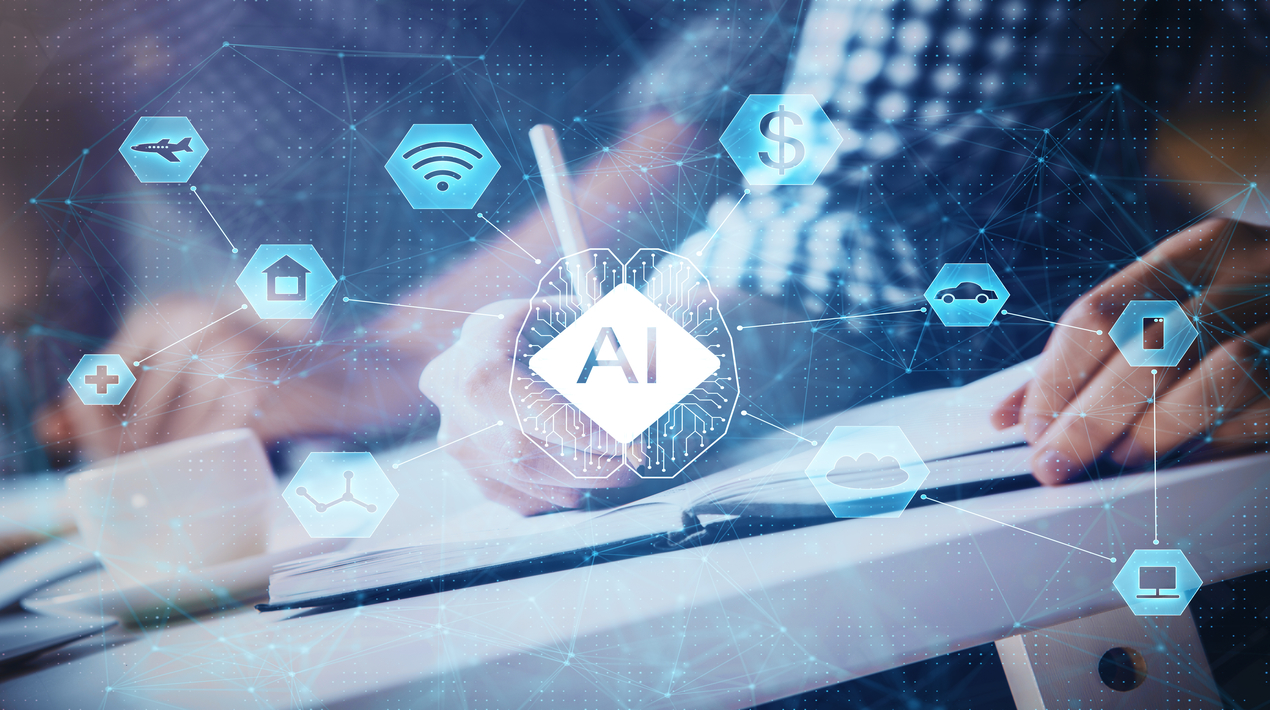
The official opening of a Data Science and Artificial Intelligence (DS&AI) Lab was recently announced with the support of the Singapore Economic Development Board (EDB). Singapore’s IT manufacturer and Nanyang Technological University’s (NTU) collaborated to enhance local DS&AI education, empowering students with the tech tools and skills needed to inspire a brighter future.
The Lab will put together the IT firm’s cutting-edge deep-learning technology with NTU’s global strengths in artificial intelligence and data science, allowing local data scientists and AI experts to pioneer the development of meaningful AI solutions in important industries. According to NTU, the Lab was still in the planning stages in 2018, and roughly 150 NTU students enrolled in the Bachelor of Science in Data Science and Artificial Intelligence programme have benefited from the Lab’s resources since then.
This collaboration will expose students to real-world applications and cutting-edge technologies and enables them to acquire practical experience through attachment and internship opportunities with the IT company.
– Professor Louis Phee, Dean of NTU’s College of Engineering
These undergraduates attended lessons at the Lab and used the IT company’s sponsored servers to access computing capabilities for their projects and other activities. This effort also aims to help Singapore’s AI programme and its transition to Industry 4.0.
“Singapore aspires to be amongst leaders in developing and deploying scalable impactful AI solutions in high-value sectors. Entering the next phase of growth, it is imperative to build a strong bench of multidisciplinary talent to meet the needs of the industry,” affirmed Senior Vice President and Head Operations, Semiconductors of the IT company. “This partnership between aims to nurture next-generation tech leaders will contribute to this effort, creating good economic opportunities for Singaporeans,” he then added.
Students will be introduced to valuable real-world machine learning and deep learning applications hence of this injection of advanced technology into NTU’s DS&AI Programme, giving them the technical skills and expertise to navigate and elevate Singapore’s DS&AI capabilities.
It is stated that the IT firm is committed to leading the way in technology-enabled education to provide students with exciting, fulfilling, and inspirational learning experiences. Education has the profound ability to expand horizons and inspire action from the next generation of trailblazers, as stated by the Managing Director, Sales, of the IT company Asia Pacific & Japan. “We are incredibly proud to be working with a world-renowned institution like NTU to help bring Singapore’s DS&AI education to the forefront,” he added.
Professor Louis Phee, Dean of NTU’s College of Engineering, emphasised that the collaboration with the IT firm is an excellent example of NTU’s close ties with major industry partners to develop future-ready graduates with the most up-to-date industry-driven digital skills and knowledge. This initiative not only prepared students for careers in the IT industry but also gave NTU students internship chances with the IT firm.
Through the company’s Industrial Postgraduate Programme, NTU is also assisting engineers who aspire to pursue PhD programmes (IPP). The programme, which aims to generate a pool of postgraduate workers in Singapore with critical research and development skillsets, presently has four engineers enrolled.
OpenGov Asia reported Singapore’s Artificial Intelligence (AI) research is intended at accelerating the country’s transformation into a Smart Nation. AI has been used effectively in Singapore to either supplement human intellect or develop automated methods and systems to improve people’s quality of life.
Singapore’s Defence Science and Technology Agency (DSTA) and the Massachusetts Institute of Technology’s Computer Science & Artificial Intelligence Laboratory (CSAIL) recently announced their collaboration to address this topic at the Singapore Defence Technology Summit 2021.
The Computer Science and Artificial Intelligence Laboratory (CSAIL) conducts basic research in all areas of computer science and artificial intelligence. CSAIL is dedicated to pioneering new theoretical approaches as well as the development of applications with broad societal impact.
“In the global emerging technologies field, artificial intelligence (AI) research has been a particularly exciting space on the cusp of game-changing findings and applications. Collaborations with leading research institutions such as MIT ensure that DSTA is primed to translate such innovations into capabilities for defence and beyond,” said the DSTA Deputy Chief Executive for Information.
















